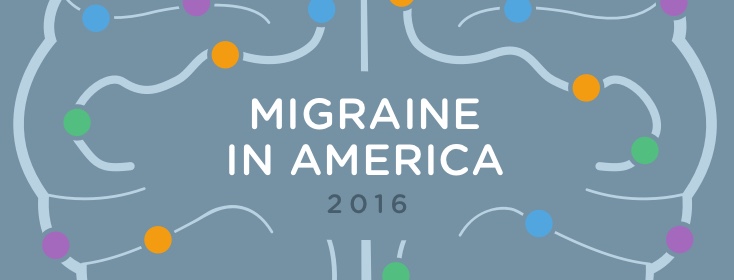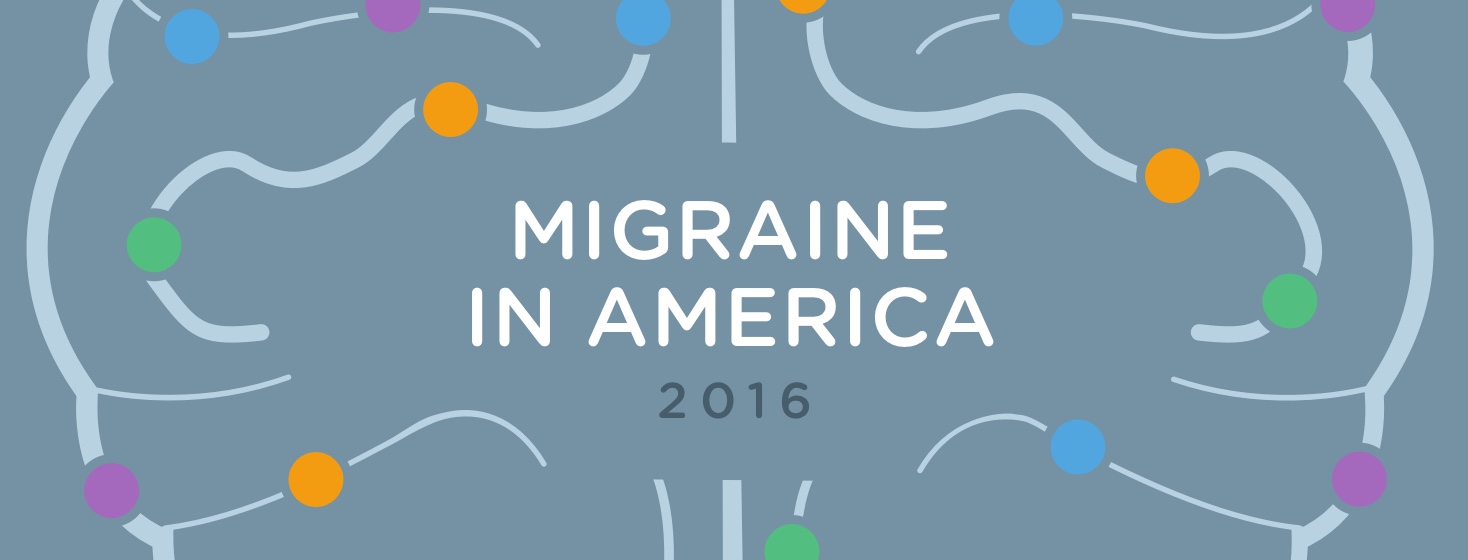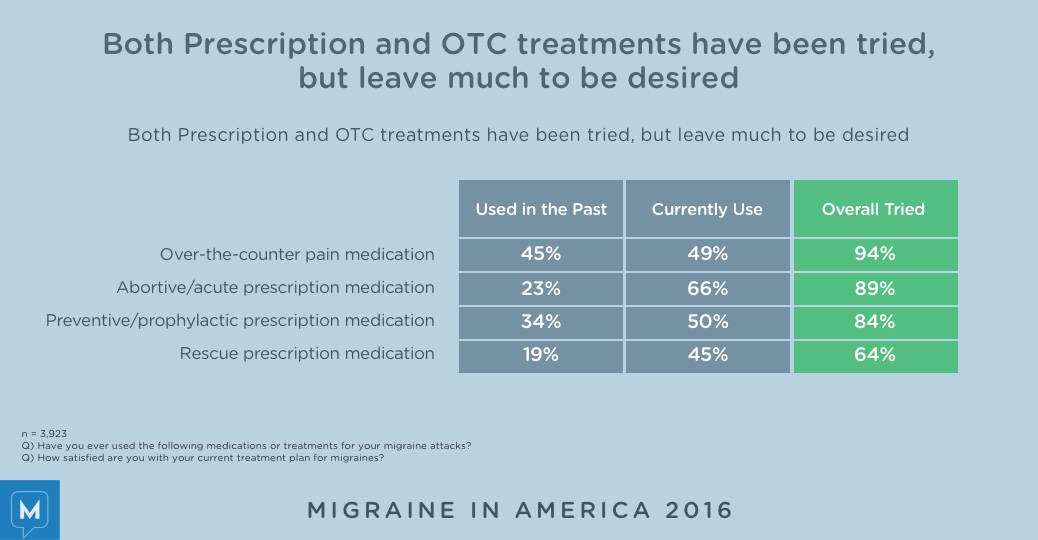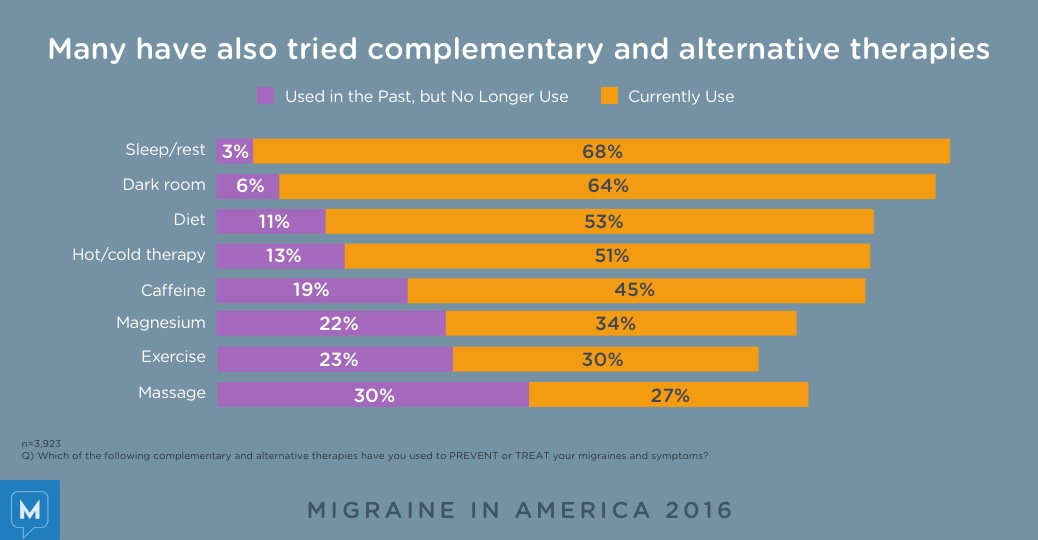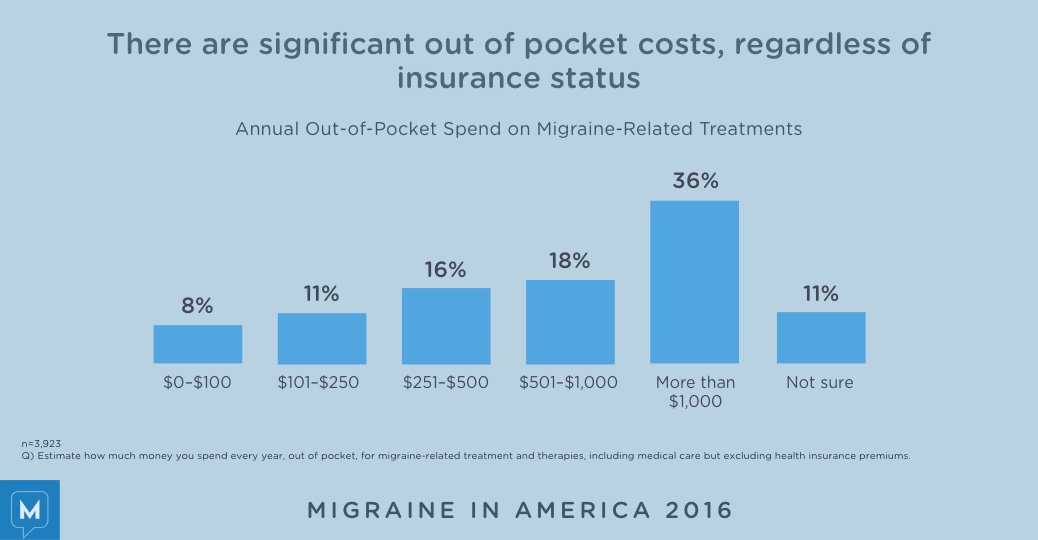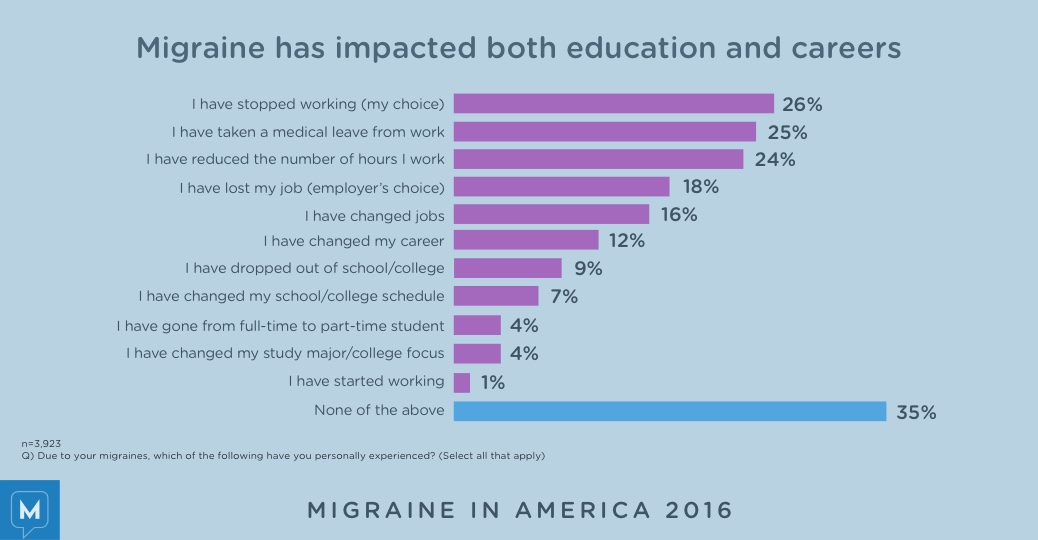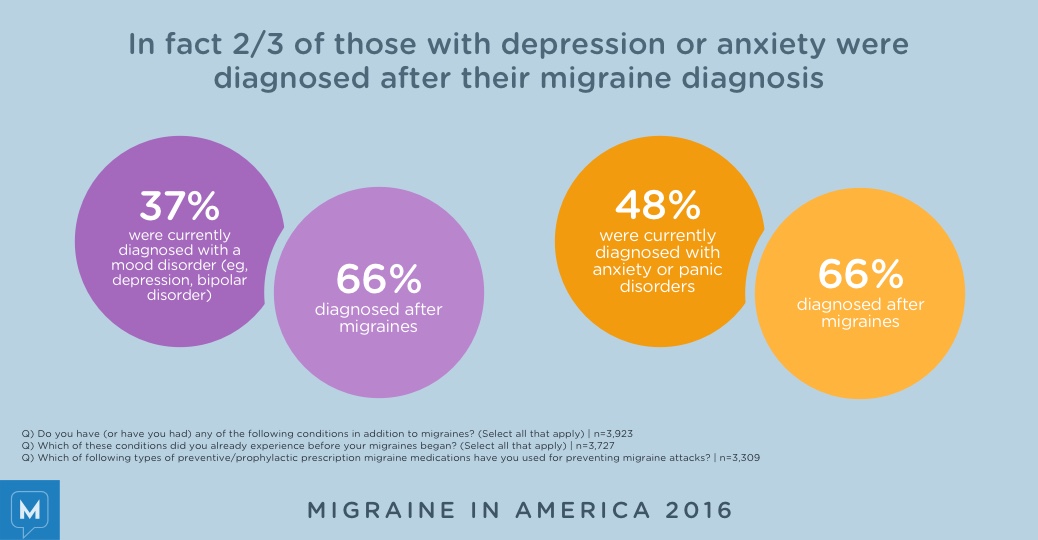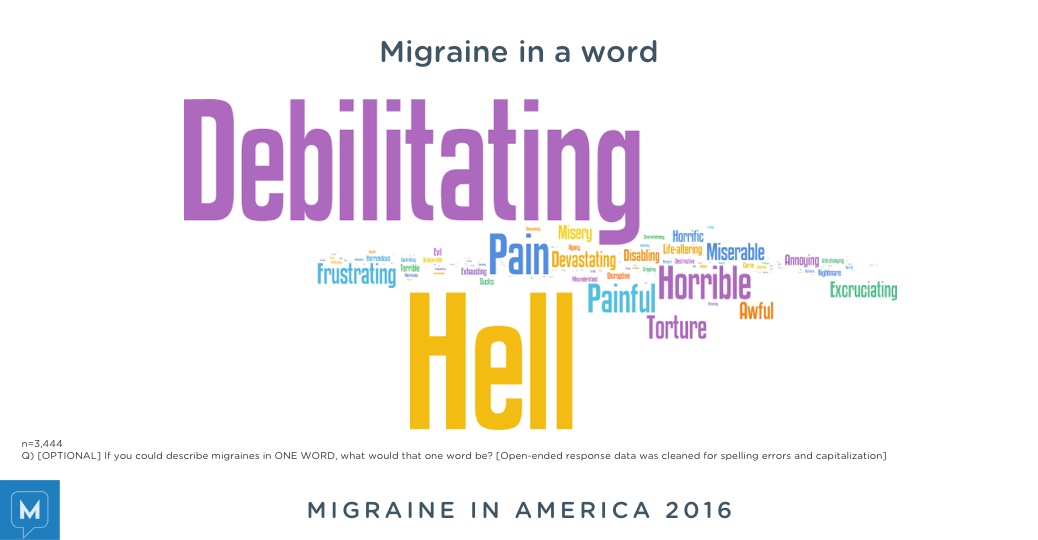Migraine in America 2016
The team at Migraine.com conducted our annual “Migraine in America” survey with the goal of gaining a better understanding of the challenges faced by those with migraines. In this survey, we included questions about diagnosis, symptoms, treatment and the impact that migraine has on a person’s day-to-day life. Over 3,900 people completed our 145-question survey, and we have summarized some of the key results from this year’s survey. You can also view the 2016 Migraine in America Infographic.
While 61% of individuals started experiencing symptoms before the age of 19, only 26% were formally diagnosed with migraines before they were an adult.
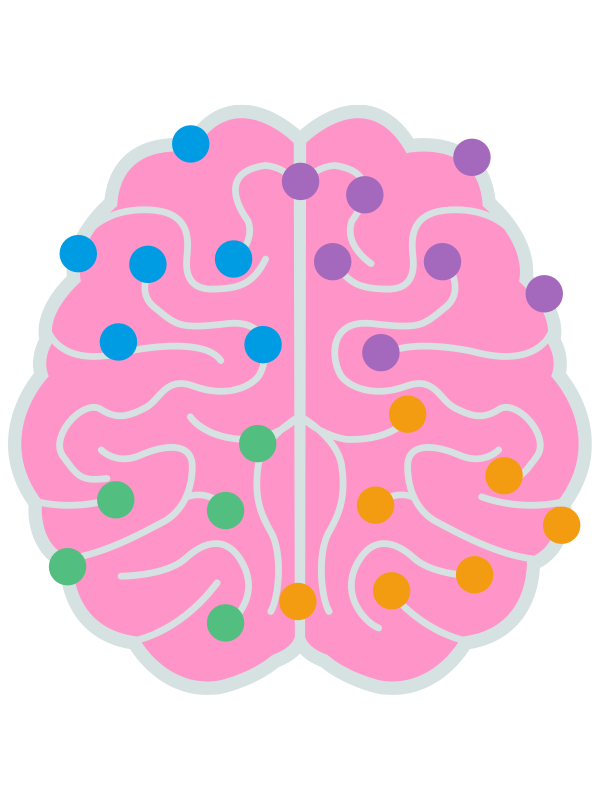
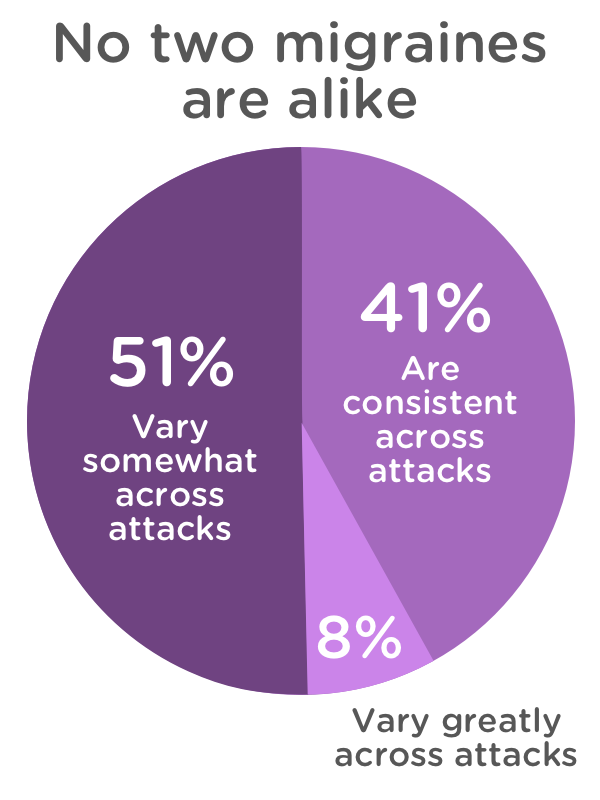
The wide-ranging set of symptoms experienced by people with migraines go well beyond head pain. While 97% of migraine sufferers have identified their triggers, and 91% of these individuals take special steps to avoid them, the most common triggers are impossible to avoid.

People with migraine use pain management, abortive, preventative, and rescue medications. Despite the many treatment options migraineurs have tried, only 40% of individuals are satisfied with their current treatment plan.
The interest in alternative and complementary therapies may be driven by the desire to minimize the impact of migraine triggers as well as the perceived lack of effectiveness of traditional OTC and prescription therapies.

Regardless of insurance status, more than one-third of individuals spent over $1,000 per year out of pocket on their migraine related treatment. This cost includes among other things co-pays, treatments not covered by insurance, and complementary/alternative therapies.
The impact of migraine on one’s life can be overwhelming and far reaching—negatively affecting relationships, ability to work or attend school.

One out of four people stopped working, took medical leave, or reduced work hours due to migraine.
The impact of migraine goes well beyond physical symptoms – the added stigma many feel with migraine can be just as difficult to manage. People with migraine often feel that they must either hide their migraine symptoms from others or feel guilty about disappointing others when they do disclose.
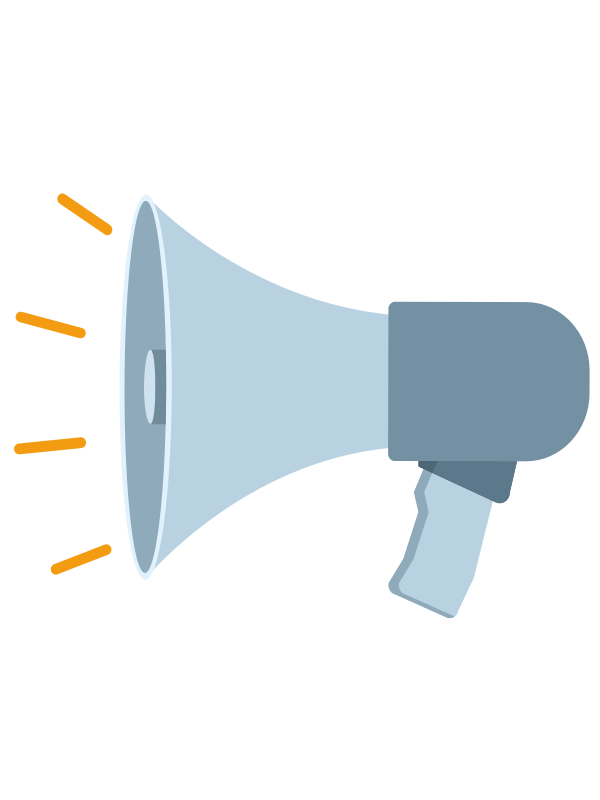
While migraine is often linked to depression or anxiety, two-thirds of those diagnosed with depression or anxiety do not have these conditions identified until after their migraine diagnosis. Almost one-third of those surveyed used antidepressants as a preventive migraine treatment.
Individuals overwhelming described their migraines as “debilitating” or “hell,” while still emphasizing the horrible pain they experience.
